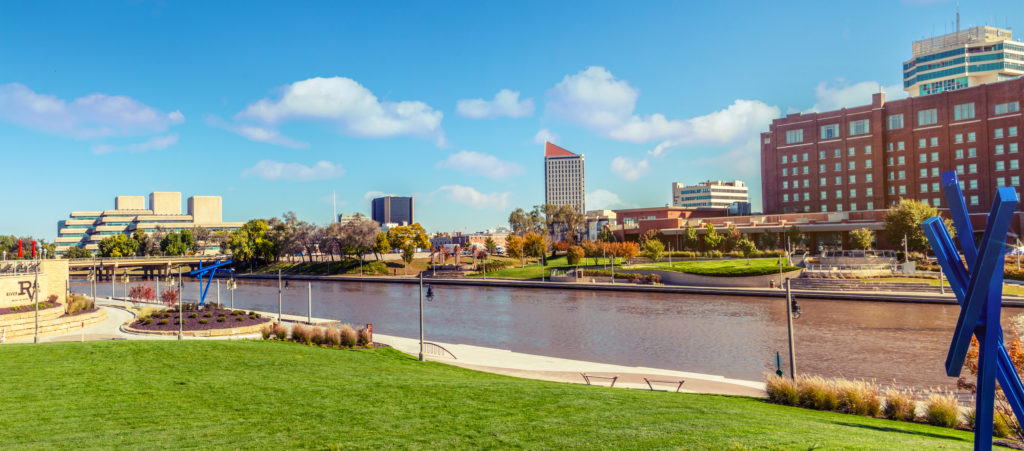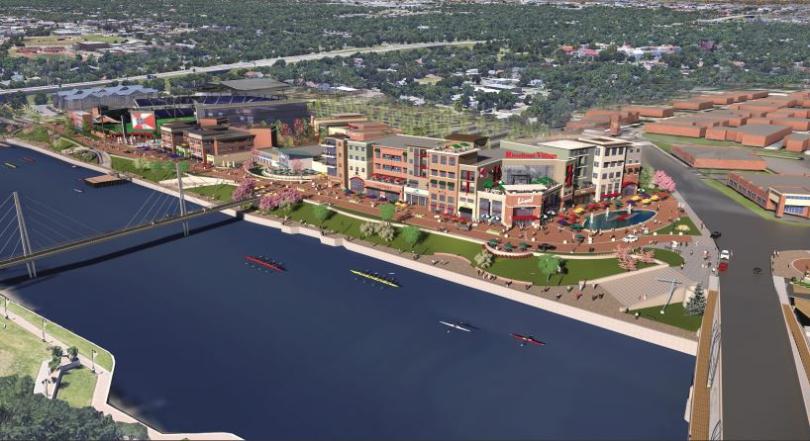18 Commercial Real Estate Trends To Dominate in 2019
As the new year approaches, Bisnow spoke with several industry execs, researchers and economists to uncover the major trends expected to dominate the commercial real estate industry in the coming year. From the rise of opportunity zones to a slowdown in industrial absorption, these are 18 trends experts forecast for 2019.

1. Opportunity Zones Craze To Persist
As investors await finalized guidance from the Department of the Treasury and the IRS regarding the Opportunity Zone program, the hunt is on for assets and investment opportunities in these designated areas that present the strongest upside potential. Investors are lining up to pour billions into Opportunity Zone Funds, with a report from Real Capital Analytics stating there is more than $6 trillion in unrealized capital gains eligible to be deployed into opportunity zones. While the program was created through the passing of the Tax Cuts and Jobs Act last year to drive economic development in underserved communities in exchange for a hefty tax break, research reveals many of the census tracts classified as opportunity zones have already attracted a substantial amount of investment prior to the launch of the new federal program. Critics of the program worry it will accelerate investment in areas already experiencing a surge in development activity, leading to a convergence of investment into burgeoning neighborhoods already in high demand, and a lack of investment in otherwise blighted communities.
2. Industrial Boom To Continue Thanks To High Demand From E-Commerce Players, Though A Few Headwinds May Surface
Industrial real estate demand soared to new heights this year, and CBRE Head of Industrial Research David Egan expects more of the same in 2019. “I think the market has outperformed this year, at least from user activity. There has been a general expectation for a number of years that this can’t continue, and it turns out that hasn’t been true. We have a massive amount of demand on the market for logistics properties of all types;
3. Federal Reserve To Gradually Boost Interest Rates Due To The Strength Of The Economy
With robust jobs growth continuing to increase at a healthy clip and the unemployment rate steady at 3.7%, a 50-year low, Fed officials hint that they will likely continue their course of action in 2019 to gradually boost short-term interest rates to temper inflation and maintain a stable economy. “Inflation exists above the Fed’s target of 2% to 2.5%, with more job openings than unemployed and more homebuyers than new housing inventory. The Fed sees inflation ahead first and foremost and will continue on a hike-pause-hike-pause pattern in 2019 as long as GDP remains above 2% and unemployment below 5%,” CCIM Institute Chief Economist K.C. Conway said. The Fed boosted rates three times this year to a range of 2% to 2.25%, and many expect central bankers to bump rates again in December. Big Wall Street banks polled by Reuters expect central bankers to boost rates another three times in 2019. “Although the most recent Fed guidance has seemed less definitive on its future course, the market and most analysts anticipate another hike this month and two to four next year, as both inflation and wage growth exceed their targets,” Colliers International U.S. Chief Economist Andrew Nelson said. “This will ultimately translate into declines in consumer and business borrowing and curb spending and investing.”
4. Online Retailers Will Continue To Open Brick-And-Mortar Stores, Further Validating That Physical Retail Is Far From Dead
With the retail industry stabilizing in 2018, CBRE Head Of Global Retail Research Melina Cordero expects retailers to begin reinvesting in their physical footprints to achieve the perfect omnichannel shopping experience for consumers. In addition, digitally native (or e-commerce only) retailers will increasingly shift to open physical stores to grow their business and retain more customers, Cordero said. “In terms of retail and real estate, I think the retailers have finally sort of learned what to do. There’s a lot of investment, changes and closures that had to happen to adjust to omnichannel. Over 2018 a lot of those investments finally started to pay off. “What we think is going to happen over 2019 is a real return to the store. Retailers are finally starting to realize the value of their real estate — they can’t just close a store and rely on online, they really need the store for profit margins, customer attention, customer acquisition, for lots of reasons. I think we’re going to see a lot of reinvesting in the store and a lot of reinvesting in strategies to try to get people into the store,” Cordero said.
Read more at: https://www.bisnow.com/national/news/commercial-real-estate/commercial-real-estate-trends-to-dominate-in-2019-95890?rt=65469?utm_source=CopyShare&utm_medium=Browser



